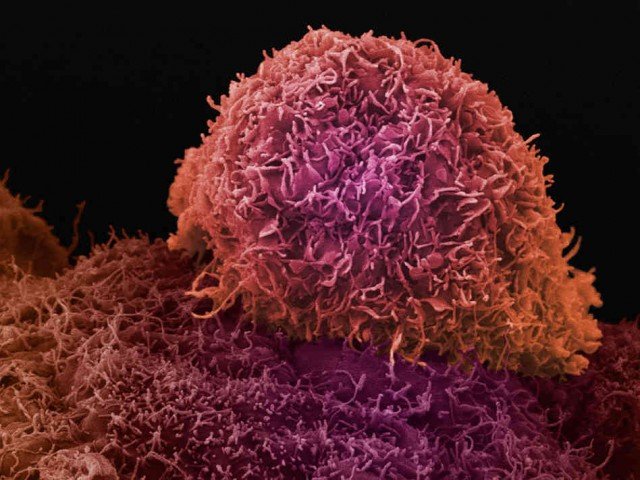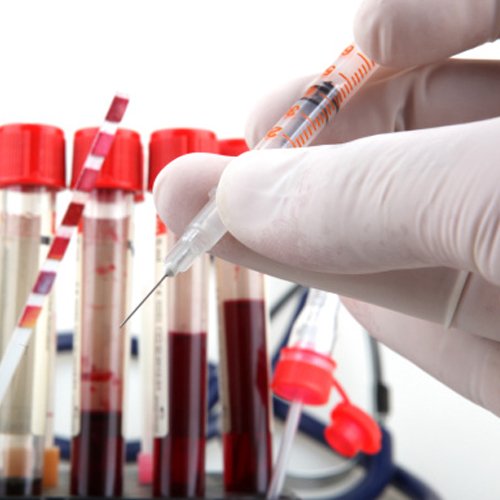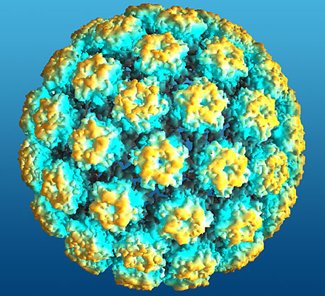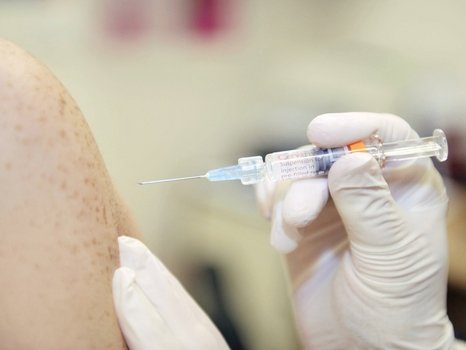Home Tags Posts tagged with "cervical cancer"
cervical cancer
The world is facing a “tidal wave” of cancer, and restrictions on alcohol and sugar need to be considered, say World Health Organization (WHO) scientists.
It predicts the number of cancer cases will reach 24 million a year by 2035, but half could be prevented.
The WHO said there was now a “real need” to focus on cancer prevention by tackling smoking, obesity and drinking.
The World Cancer Research Fund said there was an “alarming” level of naivety about diet’s role in cancer.
Fourteen million people a year are diagnosed with cancer, but that is predicted to increase to 19 million by 2025, 22 million by 2030 and 24 million by 2035.

The world is facing a “tidal wave” of cancer, and restrictions on alcohol and sugar need to be considered
The developing world will bear the brunt of the extra cases.
The WHO’s World Cancer Report 2014 said the major sources of preventable cancer included:
- Smoking
- Infections
- Alcohol
- Obesity and inactivity
- Radiation, both from the sun and medical scans
- Air pollution and other environmental factors
- Delayed parenthood, having fewer children and not breastfeeding
For most countries, breast cancer is the most common cancer in women. However, cervical cancer dominates in large parts of Africa.
The human papillomavirus (HPV) is a major cause. It is thought wider use of the HPV and other vaccines could prevent hundreds of thousands of cancers.
One of the report’s editors, Dr. Bernard Stewart from the University of New South Wales in Australia, said prevention had a “crucial role in combating the tidal wave of cancer which we see coming across the world”.
Dr. Bernard Stewart said human behaviour was behind many cancers such as the sunbathe “until you’re cooked evenly on both sides” approach in his native Australia.
[youtube _Bz3s4NCrYw 650]
A new test – plasma thermogram – that uses heat to examine blood can be used to detect cervical cancer, according to US scientists.
The plasma thermogram examines the proteins inside blood, including those produced by tumors.
The new study, published in the journal Plos One, showed the test could detect cervical cancer and how advanced it was.
Screening for cervical cancer currently involves a looking for abnormal cells in a smear test and detecting high-risk viruses that can cause the disease.
The study, at the University of Louisville, used the plasma thermogram technology to analyze blood samples.

The plasma thermogram examines the proteins inside blood, including those produced by tumors
The sample will respond differently to heat depending on the types of proteins contained in the blood. It results in a thermogram – like a fingerprint – of the protein content.
The system was tested on 67 women with different stages of the cervical cancer to see if it could detect the differences between the patients and healthy people.
Lead researcher Dr. Nichola Garbett said: “We have been able to demonstrate a more convenient, less intrusive test for detecting and staging cervical cancer.”
She said the test could be used to determine which cancers needed to be treated and which needed monitoring.
“Comparing blood samples of patients who are being screened or treated against those thermograms should enable us to better monitor patients as they are undergoing treatment and follow-up,” she added.
“This will be a chance for us to adjust treatments so they are more effective.”
Human papilloma virus (HPV) is spread through s**ual contact and is more usually associated with cervical cancer in women.
It is the most commonly s**ually transmitted infection in the U.S.
HPV can be passed between men and women by genital contact, most often during vaginal and anal s**.
It may also be passed on during oral s** and genital-to-genital contact. It can be passed on between straight and same-s** partners – even when the infected person has no signs or symptoms.
The cervical cancer jab given to 12 and 13-year-old schoolgirls aims to cut their odds of the cancer by protecting them against the virus.
Although most mouth and throat cancers are normally blamed on drinking and smoking an increasing number of cases that occur around the tonsils and back of the tongue are due to HPV.

HPV infection is more usually associated with cervical cancer in women
Although the cancer is not contagious, the virus is.
In the US, HPV is blamed for up to 80% of these tumors of the tonsils and the back of the tongue, which experts say could be due to increasing popularity of oral s**.
The typical patient is described as an otherwise healthy man in his late 40s or early 50s who has never smoked or smoked very little.
Symptoms include persistent mouth ulcers, pain, discolored patches and difficulty chewing and swallowing.
Men are advised to check their neck for lumps when shaving and both men and women to look at the back of their throat while brushing their teeth.
Treatments such as chemotherapy, radiotherapy and surgery are often more successful in mouth and throat cancers caused by the virus than those caused by tobacco and alcohol.
The most ambitious goal of medical researchers is to find ways to prevent diseases. Methods to accomplish that goal do exist for certain illnesses, but are rare for others. Two recent medical studies on the molecular level exemplify the effort of the scientists to contribute to strengthening it against organ failure and to immunizing the body against viruses.
Avoiding a bad heart condition
In the US, 1.5 million people suffer from a heart attack each year of which one third is killed by it. Scientists of the Lund University in Sweden have now discovered a way to reduce the risk of a heart attack through a vaccination. The researchers have developed a therapy which leads to the production of antibodies attacking the accumulation of fat deposits in the arteries. Such therapies are often the result of comprehensive research collaborations on an international level, and also rely on the recommendation by the antibody supplier, which provides the appropriate kits for long-term clinical studies. The promising research results are hoped to lead to an introduction of the antibody therapy within the next five years.
A vaccine against cervical cancer
The vaccination Cervarix was approved in various European countries and the US between 2007 and 2009. It has been a great success as it immunizes the body against certain types of the Human Papillomavirus which were proved to be the cause of genital warts and cervical cancer by the German researcher Harald zur Hausen. Since its approval, many young girls and boys have got the three necessary injections and have thereby reduced their risk to fall ill to cervical, vaginal, penile, vulvae and anal cancer.

New results in the prevention of cervical cancer
In order to optimize the vaccine, scientists continue studying its effects in relation to the virus. It has been found out recently that even people who do not get the shot may profit from it through the phenomenon of herd immunity. It is related to the fact that vaccinated people do not transmit the virus to their potentially unvaccinated sexual partners and thereby help reduce the circulation of the virus. Hence, the virus may disappear or get extinct over time. This fact, however, should not prevent young people from getting vaccinated themselves. After all, one does not always know if a sexual partner is immunized or not.
On top of that, it has to be noted that there are still some oncogenic types of the Human Papillomavirus which are not covered by the current vaccines. It therefore remains the challenge of the scientists to develop serums to cover a broader range of HPV virus.
Former US President George W. Bush showed his compassionate side by spending Fourth of July at an orphanage in Lusaka, Zambia.
George Bush, 66, and his wife Laura visited the Kasisi Children’s Home in Lusaka, one of the largest orphanages in the country.
Pictures released during George Bush’s one-week stay in Africa show him tenderly hugging a young boy and holding a baby while his wife looks on.
George Bush can be seen interacting with the children at the center which is home to 230 orphans – 60 of whom live with HIV.

George Bush during his mission to renovate a women's cancer screening center in Zambia
The former president appeared to be a hit with the children, who lined up to shake his hand and listened intently as he read to them.
His visit was part of a mission to raise awareness of a cervical cancer detection and treatment program he has set up in Zambia, which has the second highest number of cervical cancer cases in the world.
Many Zambian women infected with the disease are also living with HIV and have weakened immune systems, according to the Catholic Online.
“The saddest thing of all is to know a lady’s life has been saved from AIDS but died from cervical cancer,” George W. Bush told the website.
“And so starting in Zambia, the Bush Center, along with our partners, are going to put on a cervical cancer crusade to save lives.”
George Bush described his trip as “a labor of love” which was born out of a commitment to save lives.
Also on Independence Day, the former first family visited University Teaching Hospital where they opened the Center of Excellence for Women’s Cancer Control, which aims to reduce deaths from women’s cancers in the African region by raising the standards of care through education, training and research.
During his remarks at the hospital, George Bush said: “On our country’s birthday, it is important to remember the blessings of freedom and the blessings of being an American and to give back.”
[youtube i7VWoCvyi7M]





